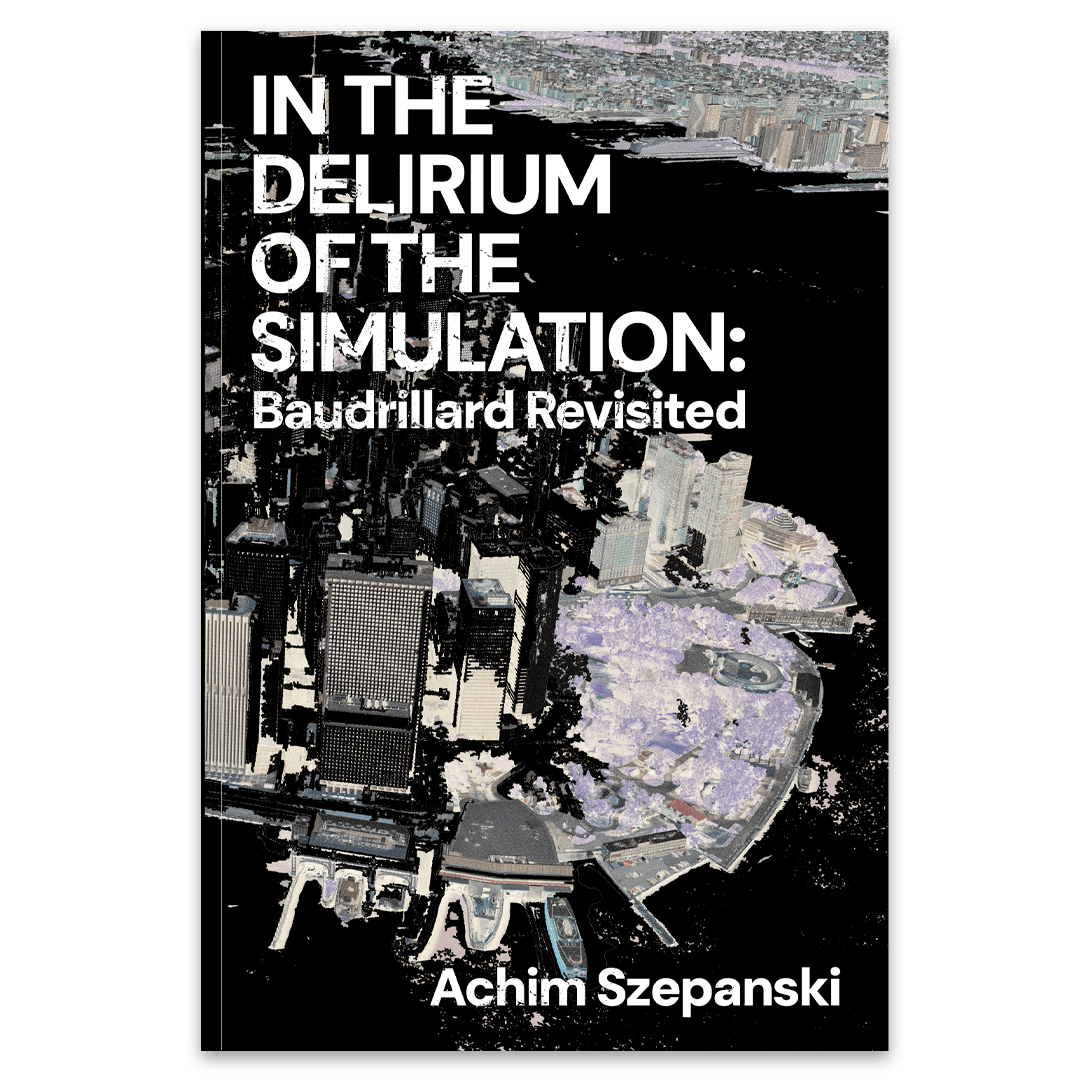exzerpt from the nook “In the Delirium of the Simulation. Baudrillard Revisited”
If the automation of automation marks a new threshold in the transformation of A.I., it is because it is involved in the transformation of the social structuring of thought itself, including the triadic configuration of abductive, inductive and deductive reasoning. In order for automated thinking to generate new hypotheses, it is crucial that errors and indeterminacy are evaluated inductively to become part of the learning process. Learning takes on a new meaning here. It is no longer just about recognising concepts, tasks and functions, it also requires the recognition of errors, blind spots and the unknown. If abduction has a logical form that differs from deduction and induction, it is because the selective or creative activities of this thinking, especially when working with computers, entail the formation of hypotheses and not simply an explanation of consequences.
While inductive reasoning is linked to statistical observations that correspond to general rules and local situations, abduction instead describes the causes of observations that concern an incomplete state and uses a general theory to generate new hypotheses and explain their incompleteness. An advantage of this type of automated abduction is that algorithms learn from incomplete information and are thus predictive, i.e. they can classify new cases that would otherwise remain incomplete or not fully specified. Here, the incompleteness condition of models is a driver for speculative algorithms that attempt to learn from an incomplete data background whose predicates can be both specified and unspecified. The metatheoretical dimension of inferential reasoning involves abductive learning, which refers to the observation of facts or the search for data, but also takes into account a goal that has not yet been observed (Ibid.). However, all of these logics must still take into account that there is noise in the machines that ultimately makes any solution to a total data grid impossible. Thus, the occurrence of correlations in data analysis can be based solely on the size of the data set and is not the result of a predictive nature of the prediction algorithm. With large numbers, chance is therefore unavoidable.
Baudrillard, on the other hand, sees a fatality at work in A.I.. Just as the illusion of the image disappears in virtual reality, the illusion of the body in the genetic formula and the illusion of the world in its artificial technical form, so for Baudrillard A.I. is a perfect crime: The end of the crude illusion of thought, of scene, of passion, the end of the illusion of the world and its vision, the end of the illusion of the Other, the end of evil and the end of the crude illusion of death: all these things disappear in telereality, in real time, in the sophisticated technologies that are our entry into the models, into the virtual, into the opposite of illusion – total disillusion.
you can buy the book here: https://shop.becoming.press/products/in-the-delirium-of-the-simulation-baudrillard-revisited-by-achim-szepanski

